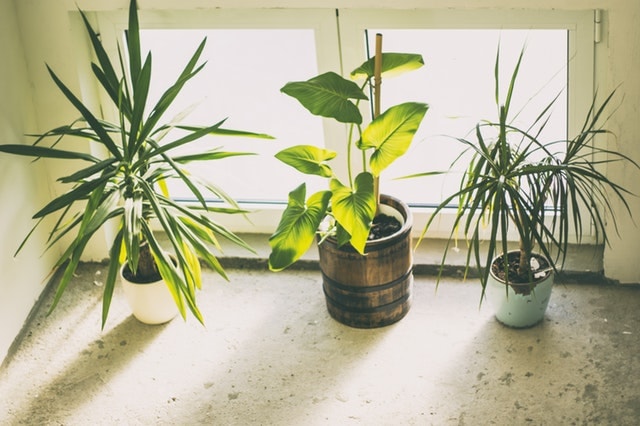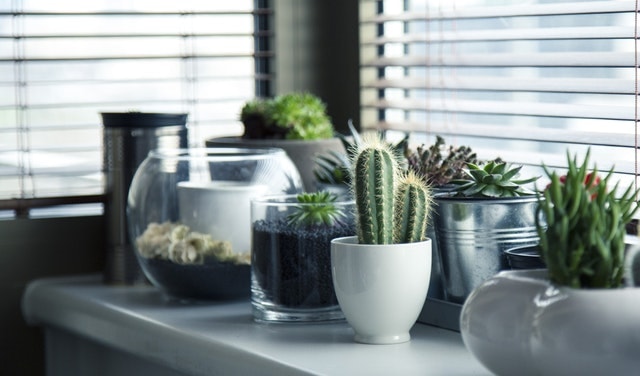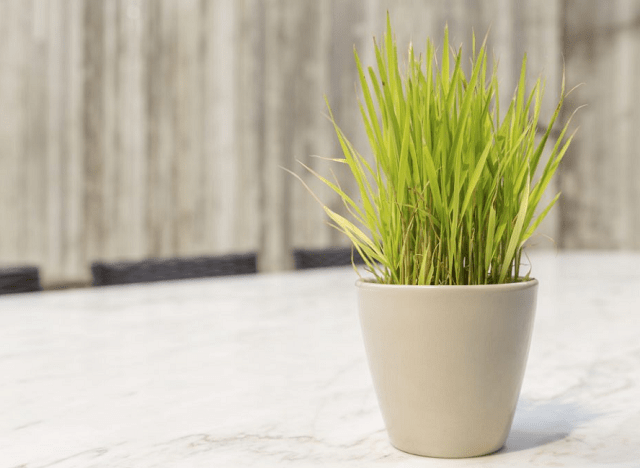Last Updated on 3 months by Namrata
Recently, I observed a change in the appearance of the green leaves on my indoor plant situated in the drawing room. They were gradually turning a shade of brown, and I was puzzled by this occurrence. Upon closer inspection, I discovered tiny organisms moving on the underside of the leaves. Furthermore, the vibrant green hue of the leaves was diminishing. Reacting promptly, I retrieved my laptop and conducted a search to understand why the color was fading and the identity of these unfamiliar insects. Eventually, I learned that these insects were actually spider mites.
Spider mites, belonging to the Tetranychidae family, consist of approximately 1,200 species. They typically reside on the undersides of plant leaves, creating silk webs for protection, and feeding by puncturing plant cells. Infestations become severe when extensive webbing covers the undersides of leaves, making eradication challenging. Insecticides are ineffective against spider mites due to their classification as non-insects.
While researching on Spider Mites, I recalled an incident from my time in my village in India. During my stay at my grandfather’s house, I observed the villagers employing charred wood charcoal to protect their vegetable plants from insects, mites, and bugs. Pesticide usage was rare in my village.
The concept came to me and I decided to experiment with it. I obtained neem wood and burnt it until a heap of charcoal was gathered. I then used a grinder to crush the charcoal into a fine black powder.
I applied a spray to my indoor plants and within one or two weeks, I noticed improvement as the leaves that were turning brown regained their color. To inspect for spider mites, I utilized a magnifying glass and, to my surprise, found very few of them. The use of charcoal proved effective in resolving the issue.
The Guide to Organic Gardening for Beginners: Everything you Need to Know
MORE POSTS: How to increase humidity for Houseplants without a humidifier

How to get rid of little white bugs on houseplants
Like spider mites, there are also many other bugs that may infest indoor plants. White bugs on houseplants are nothing but mealybugs. Mealybugs love to live under the leaves of a plant. They can also be found sometimes under the pot and in the potting soil.
You can use neem oil or neem leaves powder mixed with coconut oil to fight white mealybugs. You can buy neem oil online or make your own. Use a good garden water sprayer and spray on all the leaves of the affected plant. Do not forget to look at the underside of the leaves and spray the mixture.
How to get rid of little black bugs on houseplants
These small insects that are black in color are actually black aphids. They reside on fresh leaves and extract nutrients from the sap in stems. Failure to manage these insects could potentially lead to the demise of your indoor plant.
Using a combination of water and soap has proven to be an effective solution for controlling black aphids in gardens. Neem oil is considered the top home remedy for this issue, as witnessed by gardeners who have achieved successful outcomes with this mixture.
To ensure there are no bugs or bug eggs in the soil, it is necessary to replace the soil in the container. If not, eliminating one group of bugs won’t prevent others from continually returning.
Final thoughts
The type of pesticides needed may vary depending on the type of pests present. Aphids, Spider Mites, and mealybugs are the most common pests that typically affect houseplants.
There may be a connection between the charcoal used as an insecticide and the type of wood from which it is made. It is common to use neem wood for the production of charcoal.
I used neem charcoal on my houseplants and it was effective. Although I haven’t tested it on all types of pests that typically infest houseplants, I did try it on Aphids and cotton bugs and it worked. Ultimately, it’s your decision if you want to try an organic and natural solution to combat bugs.
MORE POSTS: 10 Best Plant Disease Identification Apps



